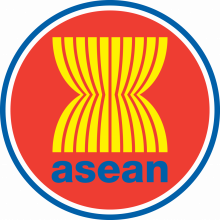An important part of social forestry management is the development of forest resources. Forest resources determine the benefits local people can derive from the forest. They are also a factor that defines the types of management practices that can be carried out.
Some considerations for the potential of forest resources include land and forest conditions, abundance and productivity of valuable products, and market demand for forest products. Forest management is more cost effective and efficient when forest potential is high. However, it might also lead to increasing pressure on the resources.
Checklist questions
The following questions address the forest management practice, elaborating the social, environmental and economic benefits of social forestry practice. They also shed light on possible ways to increase benefits from forests.
- What types of resources are available? What resources do people use? How do people use their forest?
- How do forest management plans consider forest resource potentials not only in terms of realization of benefits, but also time and efforts needed, participation and costs?
- What opportunities exist to increase the benefits from forests?
For local people to fully capture the benefits from forests, the forest resources potential must be assessed as a first step. The assessment should look at timber and non-timber forest products and ecosystem services that have economic value. The assessment also covers market potentials and a value chain analysis that can be used to develop forest-based income livelihoods.
In some places, social forestry is practiced in degraded forests with low potential for forest products. Often in this context, the forest management goal is land and forest restoration. A forest landscape restoration approach can be one way of achieving that goal. It is not a panacea: communities must find ways to finance forest landscape restoration that preserves community benefits.
Restoring forests or enhancing benefits from forests includes planting forest plants and enriching the resource composition through agroforestry practices. The ASEAN level framework on agroforestry development can be used in designing agroforestry policies and projects.











